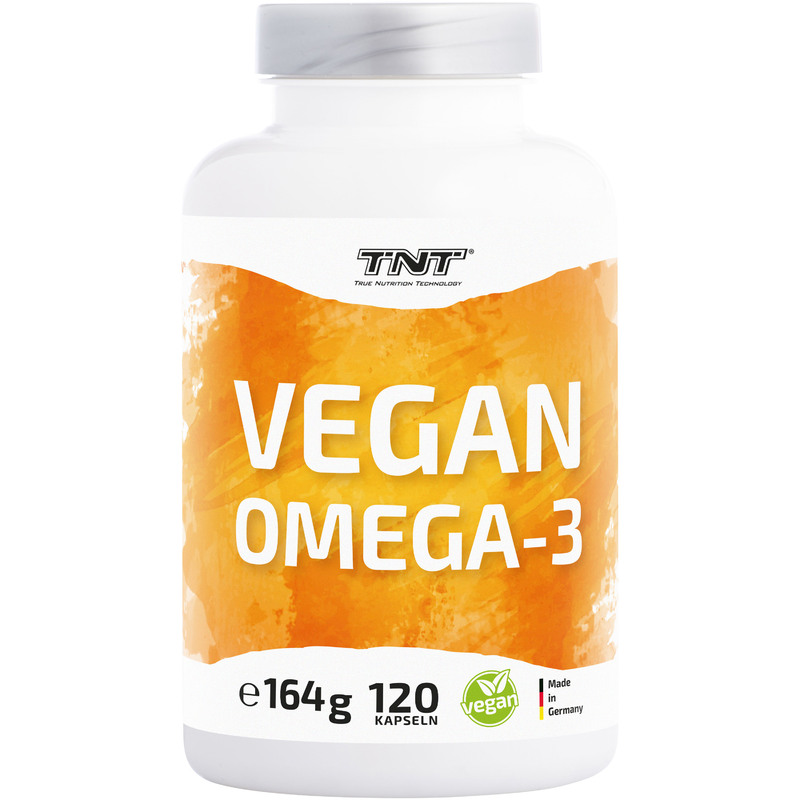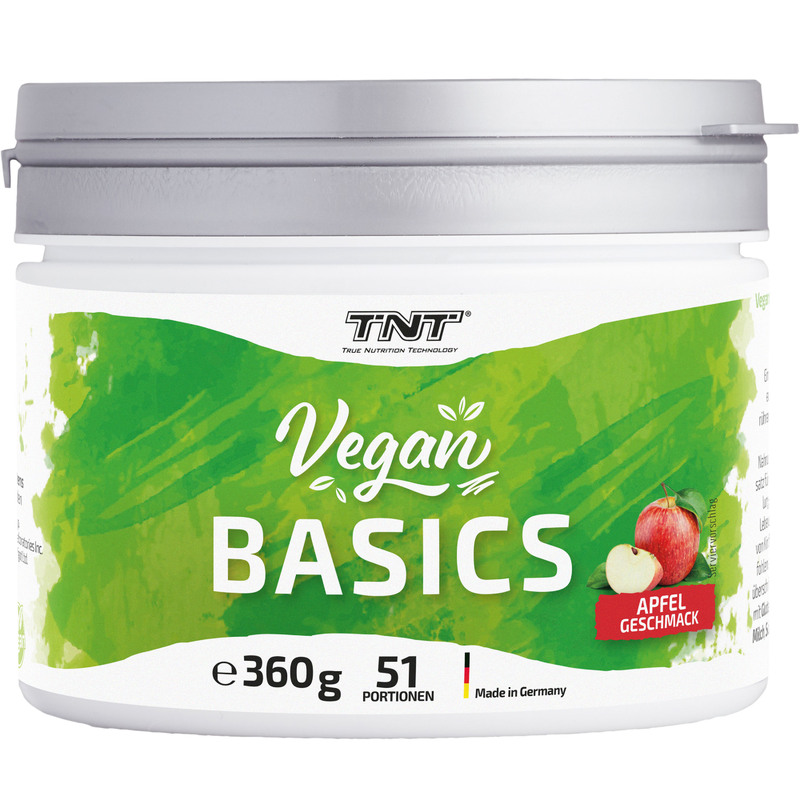You’ve probably already spotted them on the supermarket shelves – the plant-based alternatives to meat. Whether they come in the form of minced meat, schnitzel or sausage imitations, with their green labels they soon give the impression of being the ultimate in health and the environment compared to meat. Also lentils, beans and Co are entitled as new Superfood and offered in all forms, it is as flour, noodles or Couscous imitation. But plants are good sources of fiber, vitamins and at best carbohydrates, but proteins do not occur in them…..or do they?
Which plants are rich in protein?
After animal sources of protein are avoided for various reasons or can be consumed less often, the question arises about the selection and quality of alternatives.
Those products that are consumed most often and most preferred as sources of protein are legumes. This includes all kinds of beans, lentils, peas and also peanuts. The great advantage of these foods is their composition. With a very high protein content of 20-30%, they also have very little fat, usually less than 10%. An exception to this is the peanut, which has a similarly high protein content as the rest of its vegetable relatives, but with more than half of its weight, significantly more fat. In addition, legumes are rich in complex carbohydrates, such as soluble and insoluble fiber, oligosaccharides and slow-digesting starches. Thus, they represent an excellent food in terms of satiety. Beans, lentils and co are also very well equipped with minerals.
Along with legumes, whole grain cereals are also a source of plant proteins, although they cannot quite keep up in terms of protein quantity (between 8 and 12% protein). Nevertheless, in addition to protein, they contain valuable ingredients such as carotenoids, vitamin E, fiber and unsaturated fatty acids. Other plant sources of protein would be nuts and seeds, although both have a very high fat content and therefore a high energy density.
Of course, there are now also plenty of processed products based on soy or other legumes on the market, some of which are meant to simulate meat products. In these cases, unfortunately, one cannot always assume a high protein content. Often there is more fat or sugar than protein in these products. In other cases, such as the increasingly common use of jackfruit as an alternative to pulled pork or beef, this hides a rather macro-nutrient-poor product that has few calories but is not even close to being a source of protein. Therefore, it is best to take two looks at the nutritional value table for these products, so as not to consume something in the mistaken belief that it has nothing to do with protein.
What about the quality of vegetable proteins?
At first glance, legumes, for example, look like true protein bombs. The question that arises, however, is how good the protein they contain actually is. There are various methods for determining the quality of a protein. In general, the more of the body’s own protein that has been broken down by degradation processes can be rebuilt with a protein source, the higher its quality. In order to be able to assess the quality even before consumption, one must take a closer look at the amino acid pattern in particular, i.e. the presence of the individual protein building blocks. Equally important is the digestibility of the food. The better it can be digested and absorbed by the body, the more likely it is to be used for the formation of the body’s own substance, thus increasing its quality. To find out how good a protein source is, chemical and biological methods can be used. Most chemical techniques combine the comparison of individual protein sources based on their amino acid composition, while biological methods focus on protein and growth balances of organisms. However, to some extent they provide different results. Often, as in the case of biological value, for example, the test protein is compared with a reference protein (in the case of biological value, this would be whole egg). Other methods also take into account how well a protein can be digested or how much of which amino acid a person optimally needs. There are 8 amino acids that are considered essential for adult humans (phenylalanine, threonine, tryptophan, valine, isoleucine, leucine, lysine and methionine). These should all be present in your diet, as your body cannot produce them on its own. Taking this into account, the more of these 8 essential amino acids a protein source contains, the higher its quality. At best, a good protein contains all 8 (Elmadfa 2015).
Therefore, to determine the quality of plant protein sources, one must look more closely at their amino acid profile. In legumes, the sulfur-containing amino acids cysteine and methionine, and thus also one of the essentials, are present only to a very small extent. On the other hand, these two are found in relatively large quantities in cereal products, where lysine is lacking. Lysine, in turn, is found in a higher proportion in legumes. Therefore, combining a legume with a cereal (e.g., peas with rice or beans with corn) significantly increases protein quality and makes the meal overall a complete protein source (Caire-Juvera, Vázquez-Ortiz et al. 2013).
Other factors that can affect the quality of a protein are companion substances that are present in the plants. These are often referred to as “anti-nutrients.” In various ways, these anti-nutrients prevent the human body from absorbing certain nutrients, in this case amino acids. All in all, then, the accompanying substances reduce the protein quality of a product. In the case of pulses, for example, these are tannins and trypsin inhibitors. However, there is a fairly simple way to get rid of or minimize the undesirable substances and thereby increase protein quality. Simple cooking alone can already minimize the amount of the undesirable accompanying substances. Another method to get rid of these substances is to soak the dried beans, lentils or peas in water for several hours (e.g. overnight). However, both methods are in themselves common preparation methods for this food group anyway, which is why there is less need to worry about them (Ahnen, Jonnalagadda et al. 2019).
Final words
In summary, vegetable protein sources can be just as good as animal sources in terms of quality, given the right combination. So while plant products are best consumed in a combination of legumes and grains/potatoes for optimal protein quality, animal sources are usually already very high quality as such because their amino acid pattern is broad and balanced. It is possible that a high consumption of plant protein sources may provide some health benefit compared to animal sources. However, this is most likely not due to the protein itself, but rather to other substances, such as fiber and secondary plant substances, which are additionally contained in the plants.
The only thing you have to watch out for is processed plant products (e.g. vegan mince). These often contain a lot of fat and sugar with little (high-quality) protein at the same time. In this case, it might be more beneficial to simply treat yourself to a portion of “real mince”, or to resort to unprocessed, cooked beans with corn, for example.
References
Ahnen, R. T., S. S. Jonnalagadda and J. L. Slavin (2019). “Role of plant protein in nutrition, wellness, and health.” Nutr Rev 77(11): 735-747.
Caire-Juvera, G., F. A. Vázquez-Ortiz and M. I. Grijalva-Haro (2013). “Amino acid composition, score and in vitro protein digestibility of foods commonly consumed in northwest Mexico.” Nutr Hosp 28(2): 365-371.
Elmadfa, I. (2015). Ernährungslehre. Stuttgart, utb.




